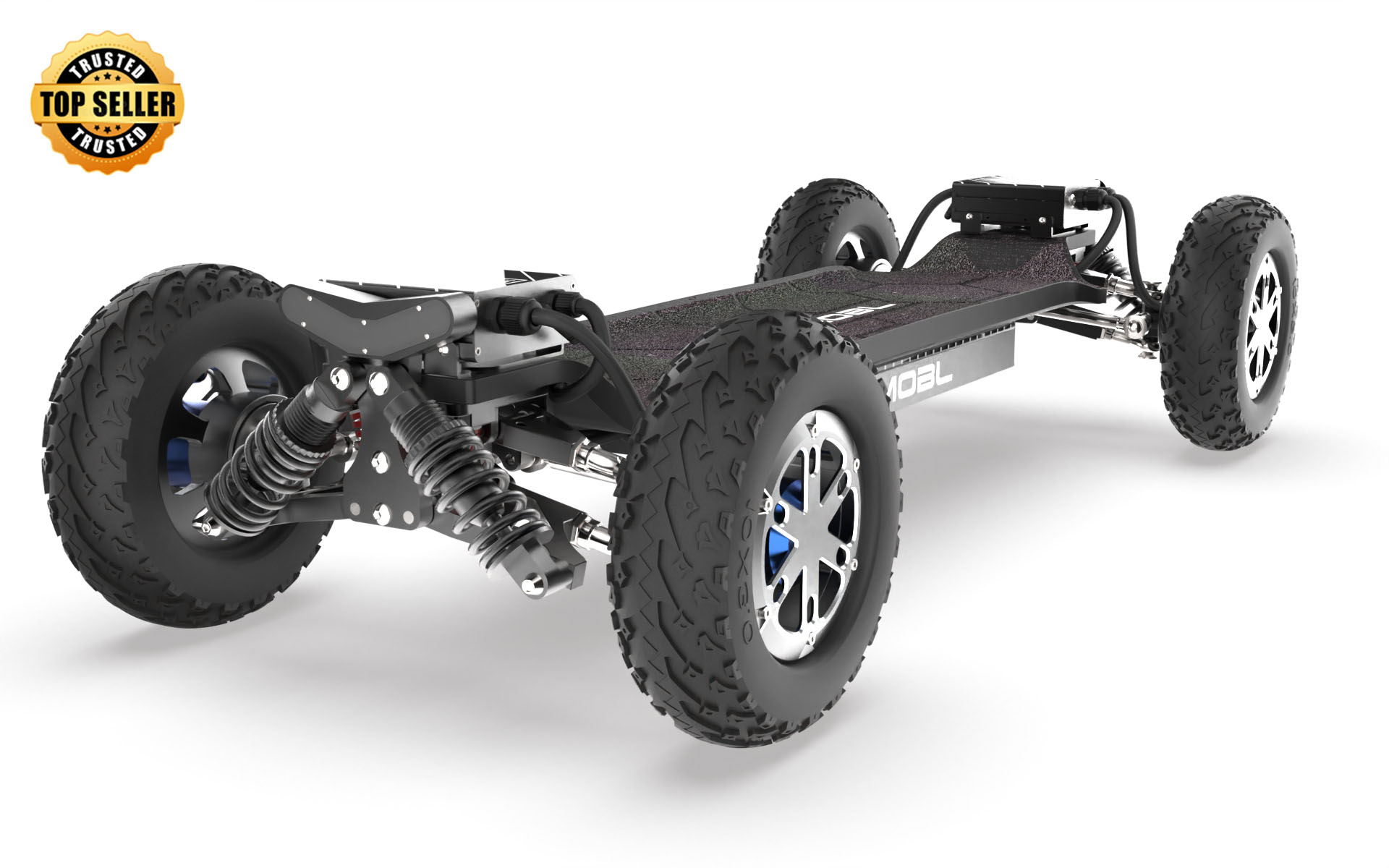Unleash the Thrill: Discover the Ultimate Motorized Skateboard Experience!
Motorized skateboards have surged in popularity, captivating thrill-seekers and commuters alike. With their ability to combine the sheer joy of skating with the power of electric propulsion, these boards offer an exhilarating experience that appeals to both newcomers and seasoned riders. Imagine gliding effortlessly down the street, the wind rushing past you as you navigate through urban landscapes or coastal trails. This article will guide you through the world of motorized skateboards, exploring the various types available, their unique features, and the key considerations to keep in mind when choosing one. Whether you’re looking for a new mode of transportation or simply a fun way to enjoy the outdoors, motorized skateboards promise an adventure that’s hard to resist.

Understanding Motorized Skateboards
Motorized skateboards, often referred to as electric skateboards, are a fusion of traditional skateboarding and modern technology. At their core, these boards are equipped with an electric motor that propels the rider forward, eliminating the need for leg-powered pushing. A typical motorized skateboard consists of several key components: the motor, which can vary in power; a rechargeable battery that determines the board's range; and a control system, usually operated via a handheld remote or an integrated footpad. Riders can accelerate, decelerate, and even reverse, all with the push of a button or the shift of their weight. The simplicity of their design allows users to enjoy the ride without the physical exertion often associated with traditional skateboarding, making them an attractive option for a wide array of riders.
Types of Motorized Skateboards
When it comes to motorized skateboards, there's a variety of types tailored for different riding styles and preferences. Shortboards are compact and designed for tricks and urban commuting, making them ideal for those who enjoy quick maneuvers and agility. Longboards, on the other hand, offer a more stable platform suitable for cruising and carving, often preferred by those who enjoy a leisurely ride. For the adventurous spirit, off-road models come equipped with rugged wheels and enhanced suspension systems, allowing riders to tackle rough terrains and trails with ease. Each type brings its own set of features and benefits, catering to diverse riding experiences. Whether you're zipping through city streets or exploring nature trails, there's a motorized skateboard that fits your needs.
Key Features to Consider
Choosing the right motorized skateboard involves understanding the essential features that will impact your riding experience. Speed is often a primary consideration; most boards can reach speeds between 15 to 30 mph, so it’s important to select one that aligns with your comfort level. Range is another critical factor, as it dictates how far you can travel on a single charge. A skateboard with a range of 10 to 20 miles is suitable for most urban commutes. Weight capacity should also be considered to ensure safety and performance; heavier riders may require boards with higher load limits. Lastly, build quality is crucial for durability and stability, especially if you plan to ride frequently or on uneven surfaces. Assessing these features based on your individual needs and preferences will help you make an informed decision.
Safety Tips for Riding Motorized Skateboards
As with any sport, safety should always be a priority when riding motorized skateboards. Wearing protective gear such as helmets, knee pads, and elbow pads can significantly reduce the risk of injury in case of a fall. Additionally, it’s important to practice safe riding techniques: always be aware of your surroundings, signal your intentions, and avoid crowded areas whenever possible. Understanding local laws and regulations regarding motorized skateboard use is equally essential, as some areas may have specific rules governing their operation. By adhering to these safety tips, you can enjoy the thrill of riding while minimizing risks.
Embrace the Adventure of Motorized Skateboarding
In conclusion, motorized skateboards offer an exciting and innovative way to experience the joy of riding. With a range of types and features to suit various preferences, there’s no doubt that anyone can find a board that fits their lifestyle. Whether you’re commuting to work, enjoying a weekend ride, or exploring new trails, these boards provide a thrilling alternative to traditional transportation. As you embark on your motorized skateboarding journey, remember to prioritize safety and choose a skateboard that meets your individual needs. So gear up, hit the streets, and unleash the thrill of motorized skateboarding!
